In-Can System
What is an In-Can System?
It mixes colors immediately once an order comes in after having entered the color book colors
in the system in advance.

Differences between the Existing Method and In-Can System
can also be utilized.
Advantages of Mixing in In-Can System
required for mixing.
may lead to an unnecessary
increase in the amount
by 2 to 3 times.
are needed in mixing.
primary colors in the market,
it may be impossible
to express the exact
colors by mixing.
to consumers
in terms of stock.
that consumers
can request.
can be maintained
continuously.
on the previously mixed
colors is available.
Mixing Process
-
Receive Order
Receive an order on the desirable colors from the consumers.
-
Check Color Formulation
Check the color formulation of the ordered colors.
-
Select base coat and Can size
Select a base coat and Can, fit to the ordered amount.
-
Inject Colorant
Inject Colorant to the given mixing by using an auto color matcher.
-
Mix
Mix the Colorant and base coat with a mixer.
-
Check Colors to Supply
Check the mixing results and supply.
Which paints can be mixed?
and enamel, etc.
lacquer, epoxy, etc.

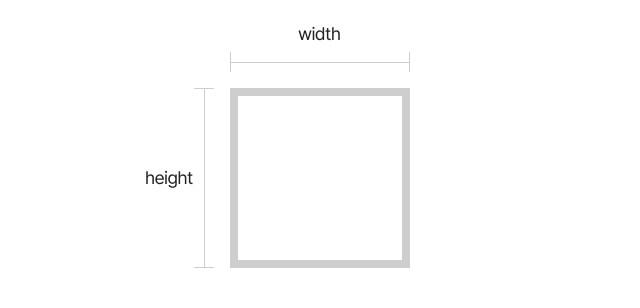






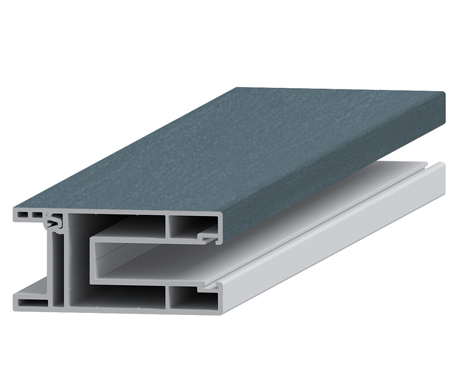
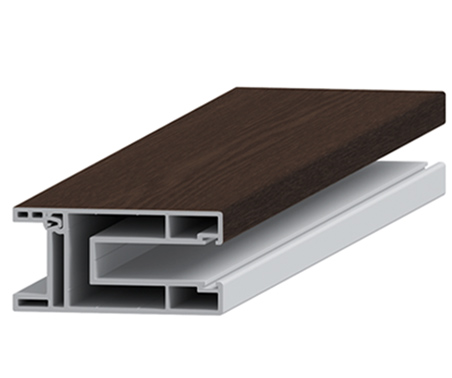




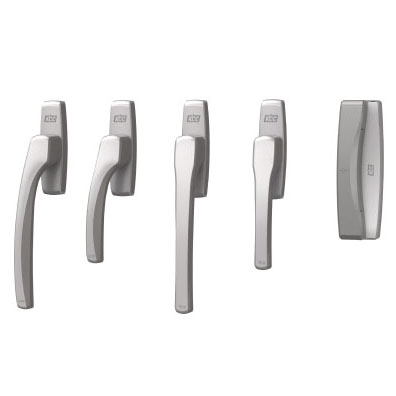
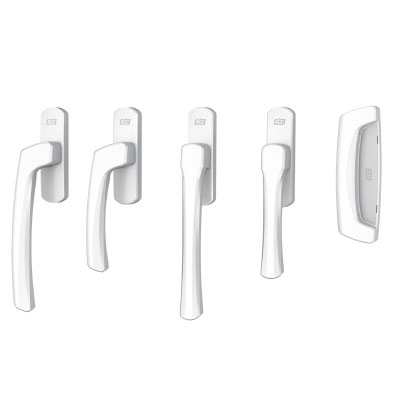






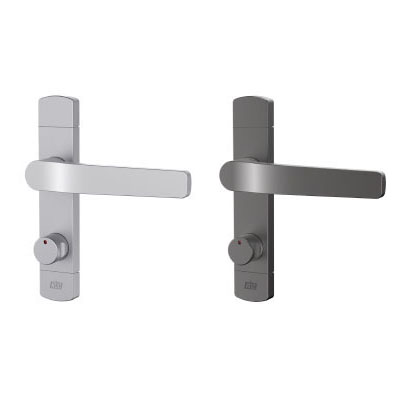











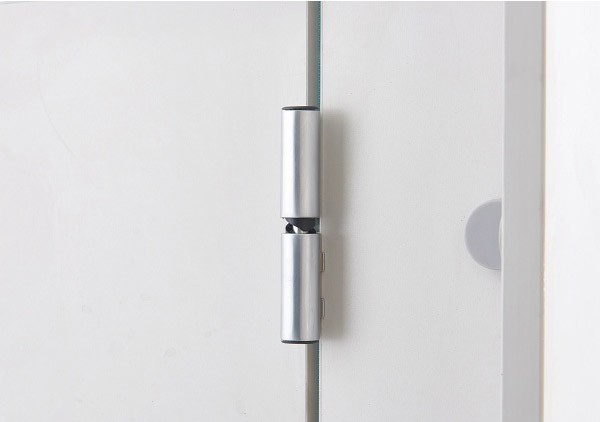


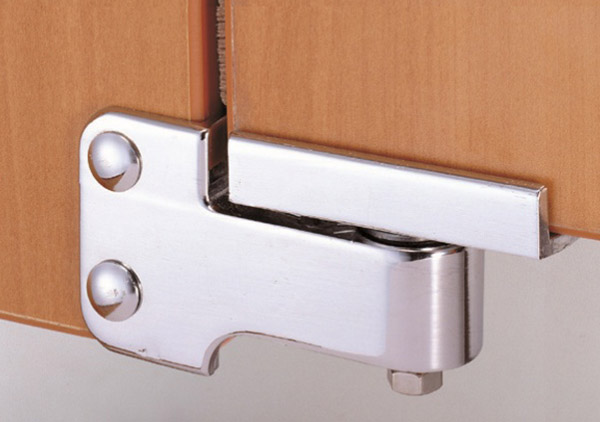

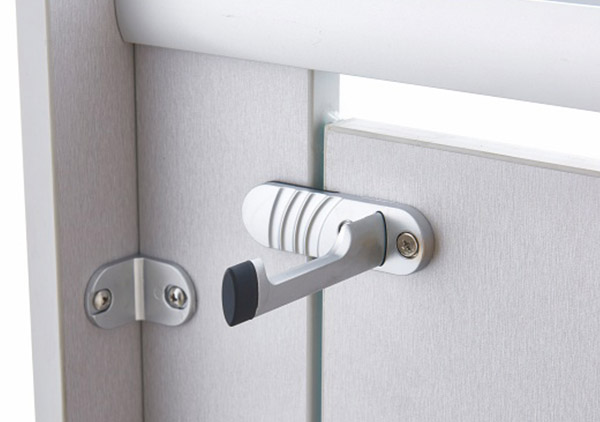



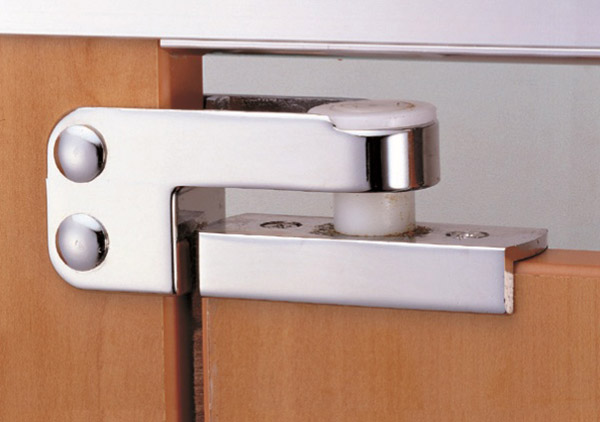



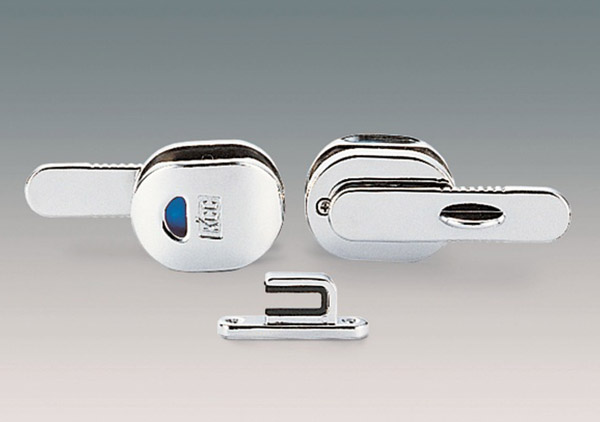
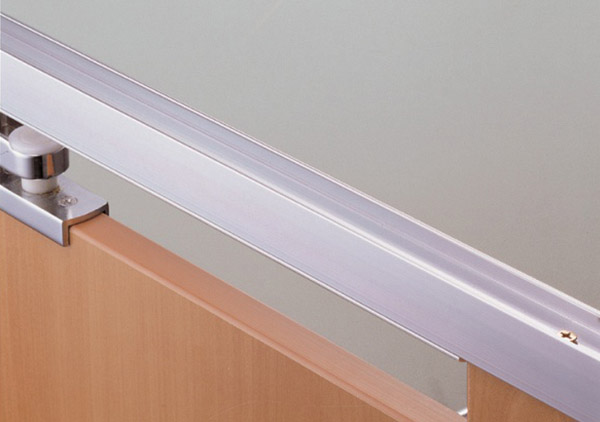




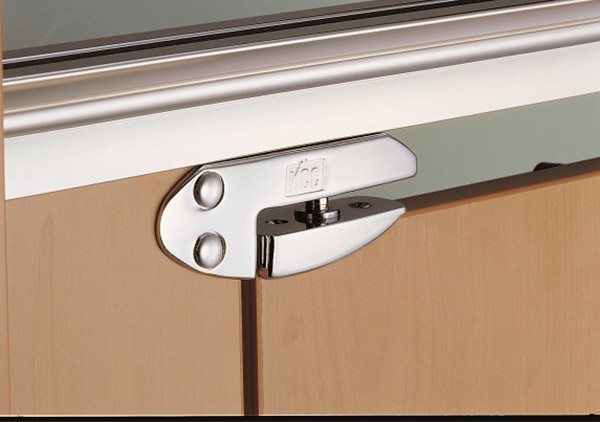


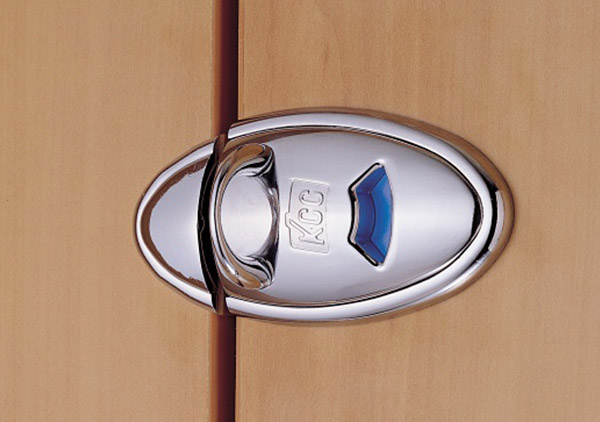

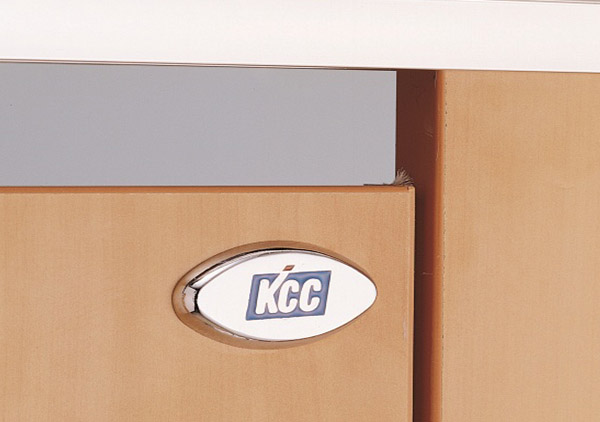
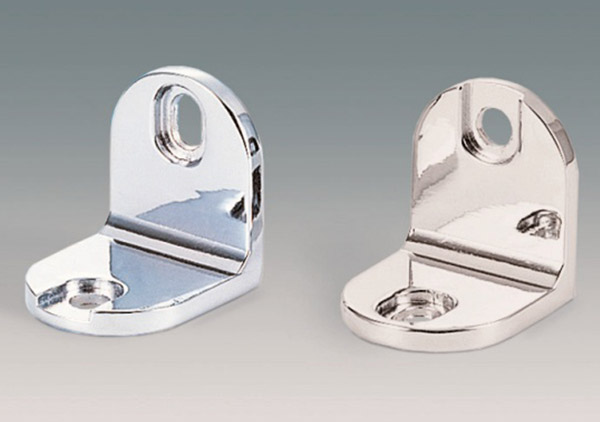
















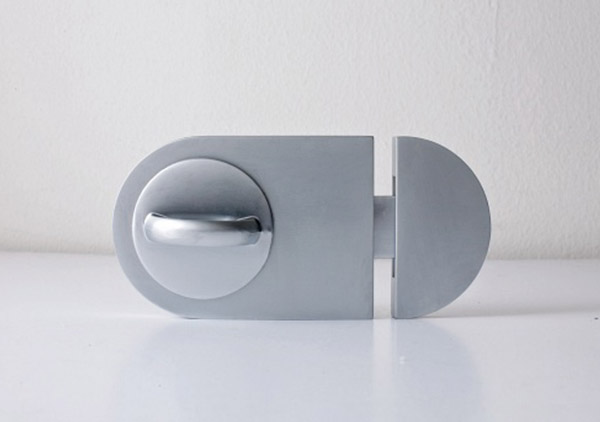




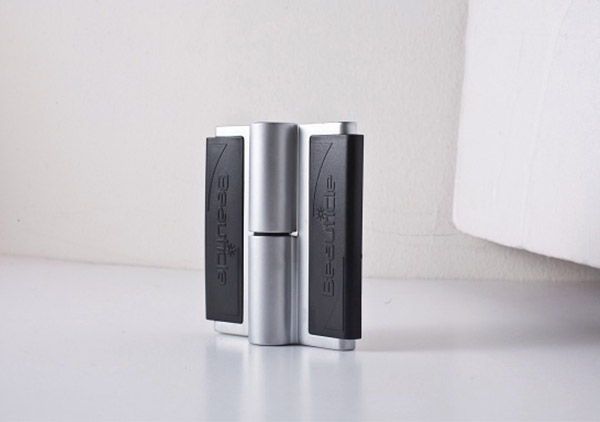







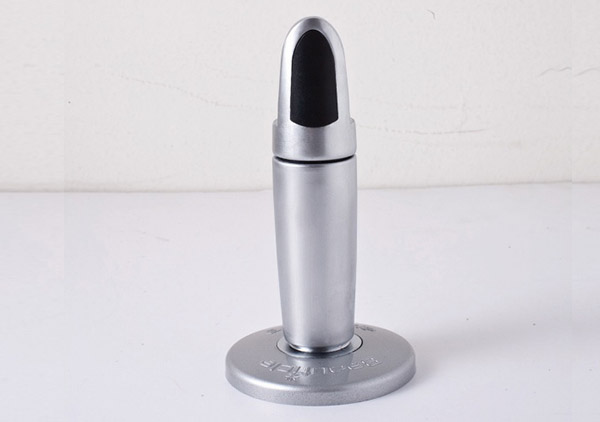


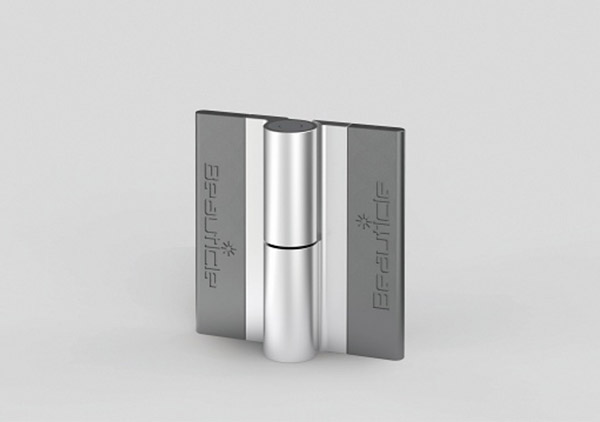
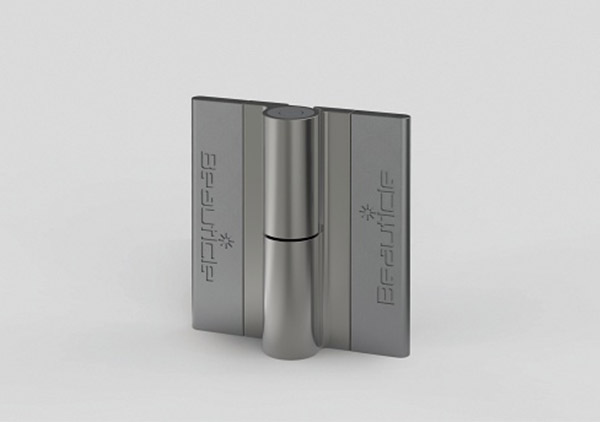
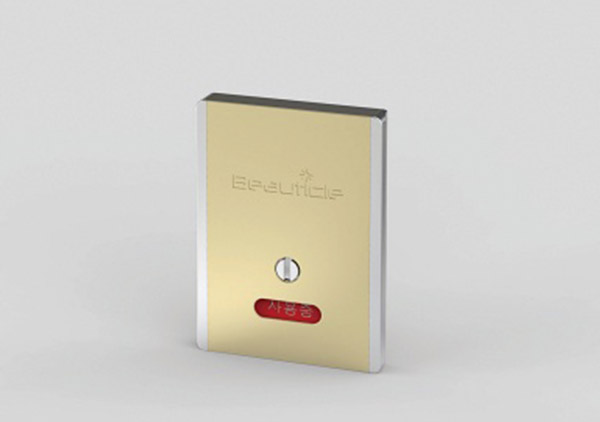









































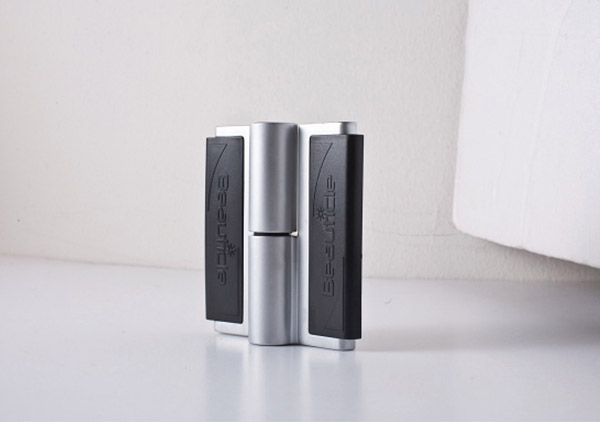

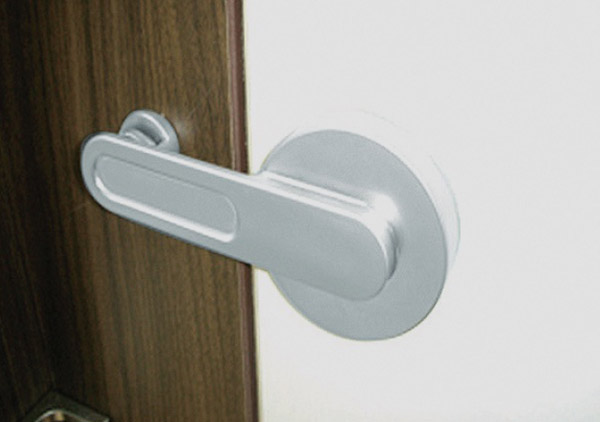


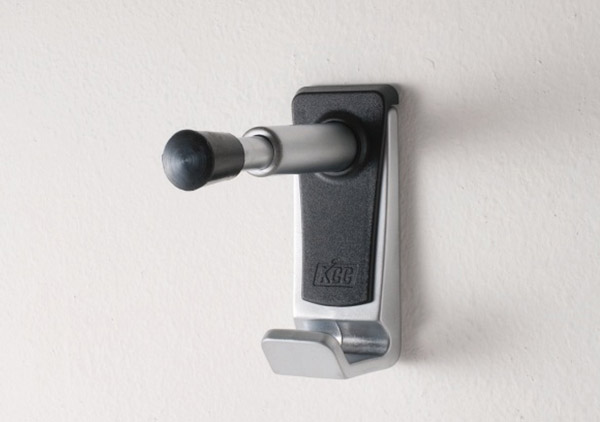
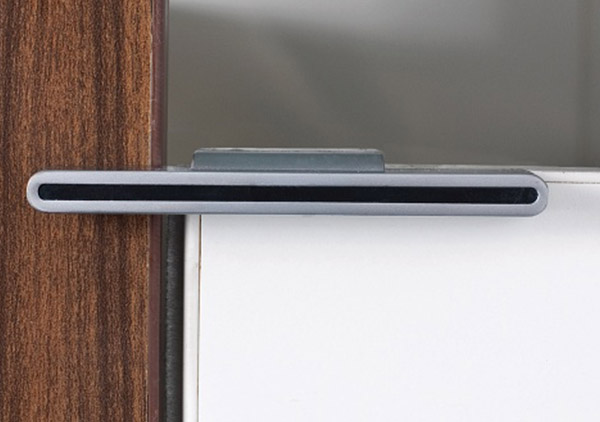





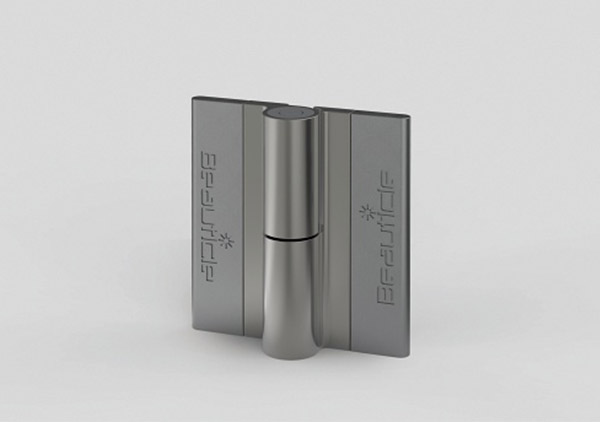




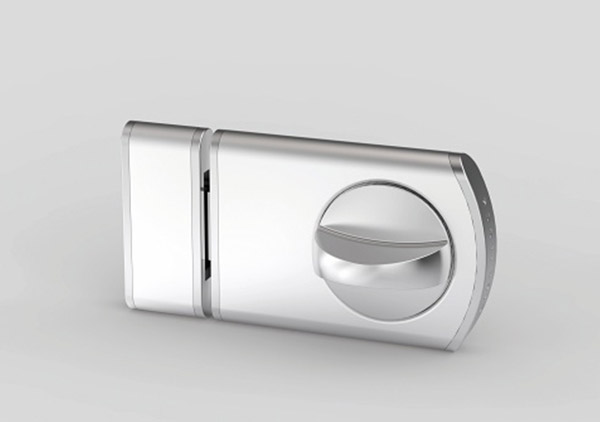
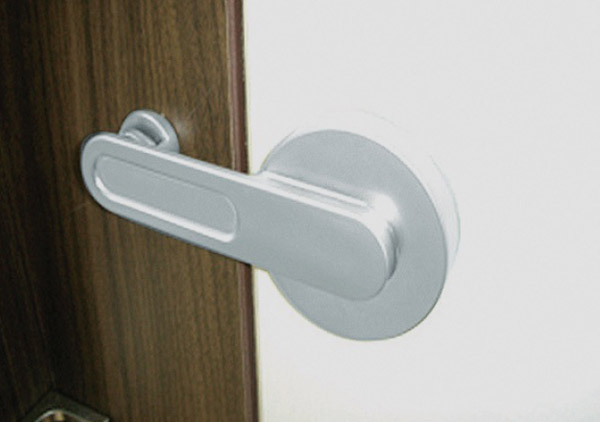







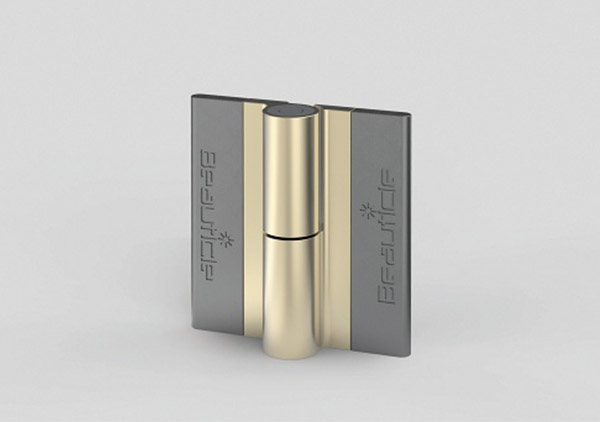




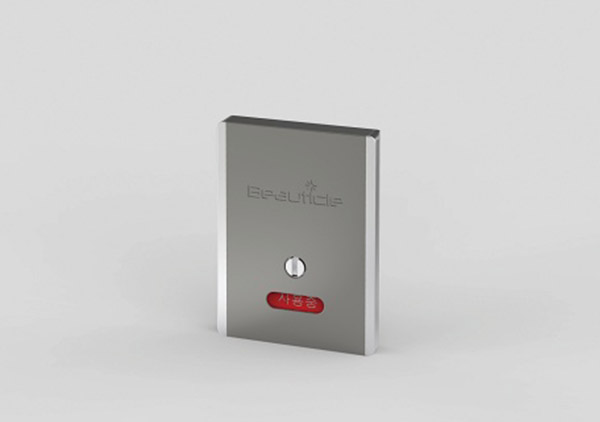











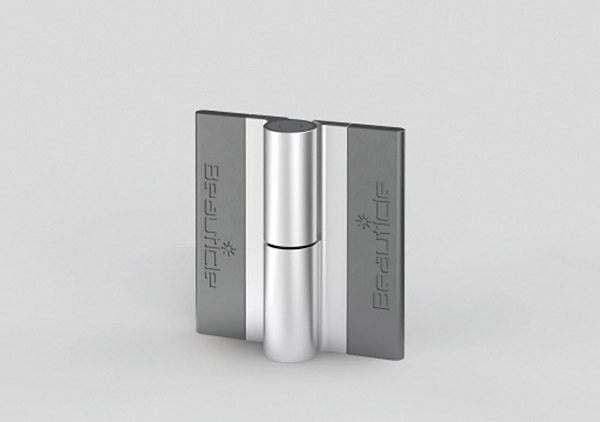























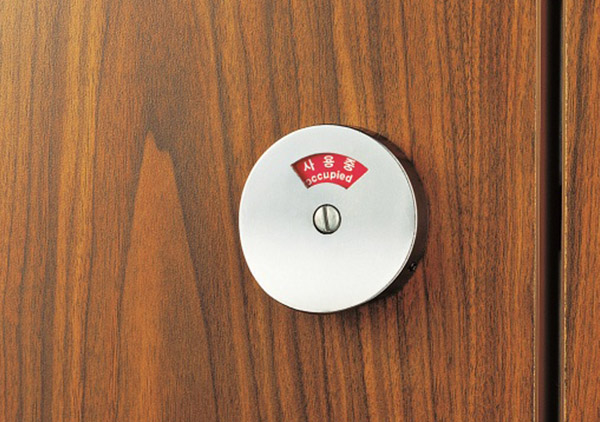







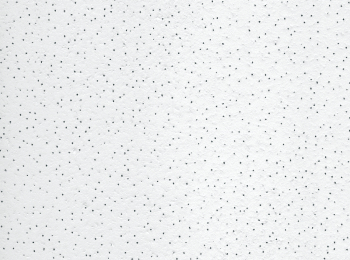
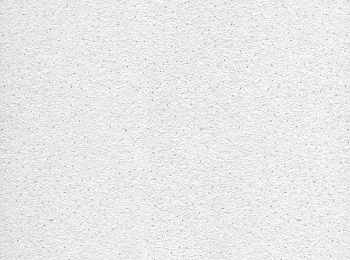




 [㎡]
[㎡]